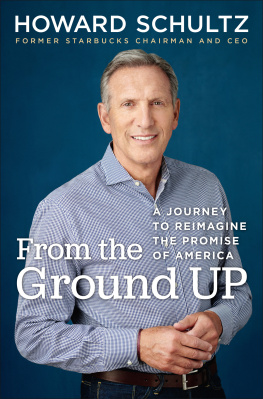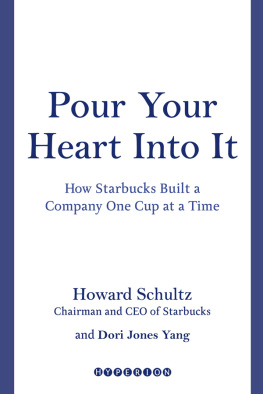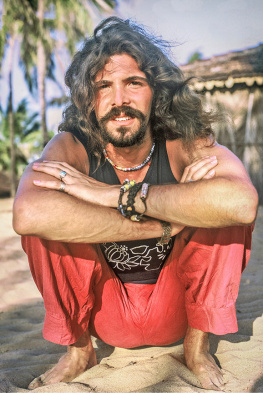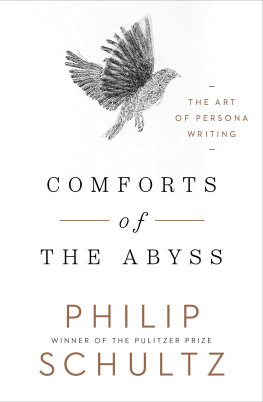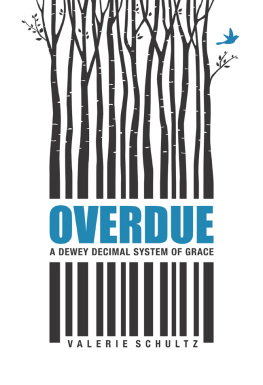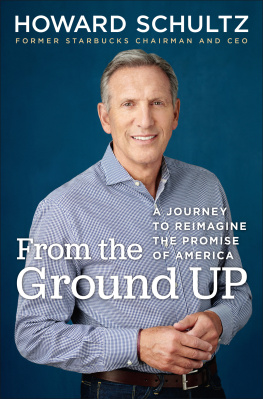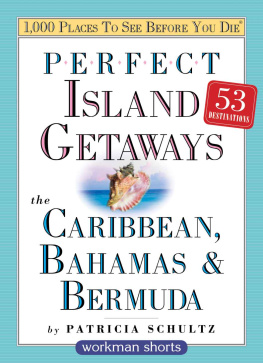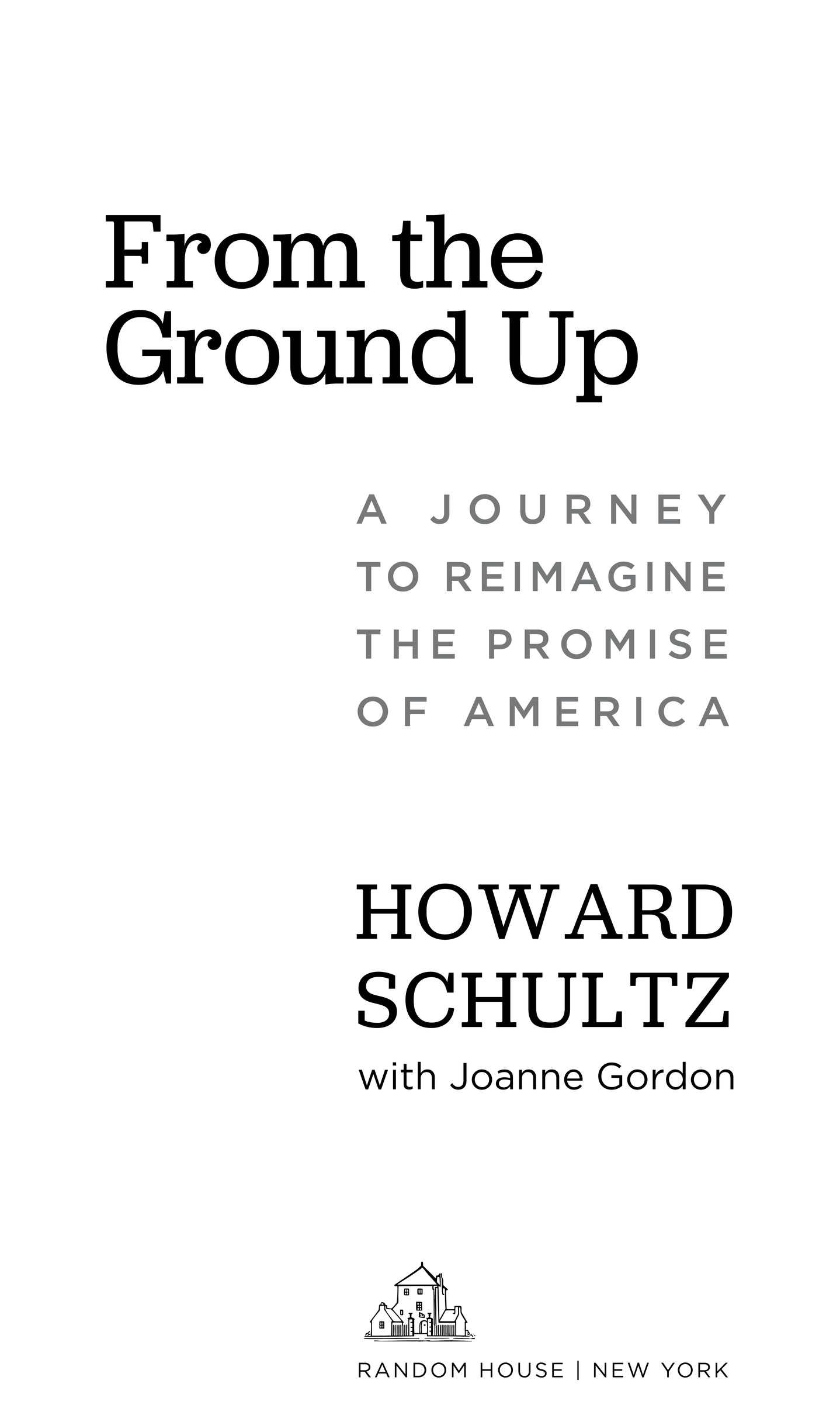Howard Schultz - From the Ground Up: A Journey to Reimagine the Promise of America
Here you can read online Howard Schultz - From the Ground Up: A Journey to Reimagine the Promise of America full text of the book (entire story) in english for free. Download pdf and epub, get meaning, cover and reviews about this ebook. year: 2019, publisher: Random House, genre: Science. Description of the work, (preface) as well as reviews are available. Best literature library LitArk.com created for fans of good reading and offers a wide selection of genres:
Romance novel
Science fiction
Adventure
Detective
Science
History
Home and family
Prose
Art
Politics
Computer
Non-fiction
Religion
Business
Children
Humor
Choose a favorite category and find really read worthwhile books. Enjoy immersion in the world of imagination, feel the emotions of the characters or learn something new for yourself, make an fascinating discovery.
- Book:From the Ground Up: A Journey to Reimagine the Promise of America
- Author:
- Publisher:Random House
- Genre:
- Year:2019
- Rating:3 / 5
- Favourites:Add to favourites
- Your mark:
From the Ground Up: A Journey to Reimagine the Promise of America: summary, description and annotation
We offer to read an annotation, description, summary or preface (depends on what the author of the book "From the Ground Up: A Journey to Reimagine the Promise of America" wrote himself). If you haven't found the necessary information about the book — write in the comments, we will try to find it.
What do we owe one another? How do we channel our drive, ingenuity, even our pain, into something more meaningful than individual success? And what is our duty in the places where we live, work, and play?
These questions are at the heart of the American journey. They are also ones that Howard Schultz has grappled with personally since growing up in the Brooklyn housing projects and while building Starbucks from eleven stores into one of the worlds most iconic brands.
InFrom the Ground Up,Schultz looks for answers in two interwoven narratives. One story shows how his conflicted boyhood--including experiences he has never before revealed--motivated Schultz to become the first in his family to graduate from college, then to build the kind of company his father, a working-class laborer, never had a chance to work for: a business that tries to balance profit and human dignity.
A parallel story offers a behind-the-scenes look at Schultzs unconventional efforts to challenge old notions about the role of business in society. From health insurance and free college tuition for part-time baristas to controversial initiatives about race and refugees, Schultz and his team tackled societal issues with the same creativity and rigor they applied to changing how the world consumes coffee.
Throughout the book, Schultz introduces a cross-section of Americans transforming common struggles into shared successes. In these pages, lost youth find first jobs, aspiring college students overcome the yoke of debt, post-9/11 warriors replace lost limbs with indomitable spirit, former coal miners and opioid addicts pave fresh paths, entrepreneurs jump-start dreams, and better angels emerge from all corners of the country.
From the Ground Upis part candid memoir, part uplifting blueprint of mutual responsibility, and part proof that ordinary people can do extraordinary things. At its heart, its an optimistic, inspiring account of what happens when we stand up, speak out, and come together for purposes bigger than ourselves. Here is a new vision of what can be when we try our best to lead lives through the lens of humanity.
Howard Schultzs story is a clear reminder that success is not achieved through individual determination alone, but through partnership and community. Howards commitment to both have helped him build one of the worlds most recognized brands. It will be exciting to see what he accomplishes next.--Bill Gates
Howard Schultz: author's other books
Who wrote From the Ground Up: A Journey to Reimagine the Promise of America? Find out the surname, the name of the author of the book and a list of all author's works by series.

